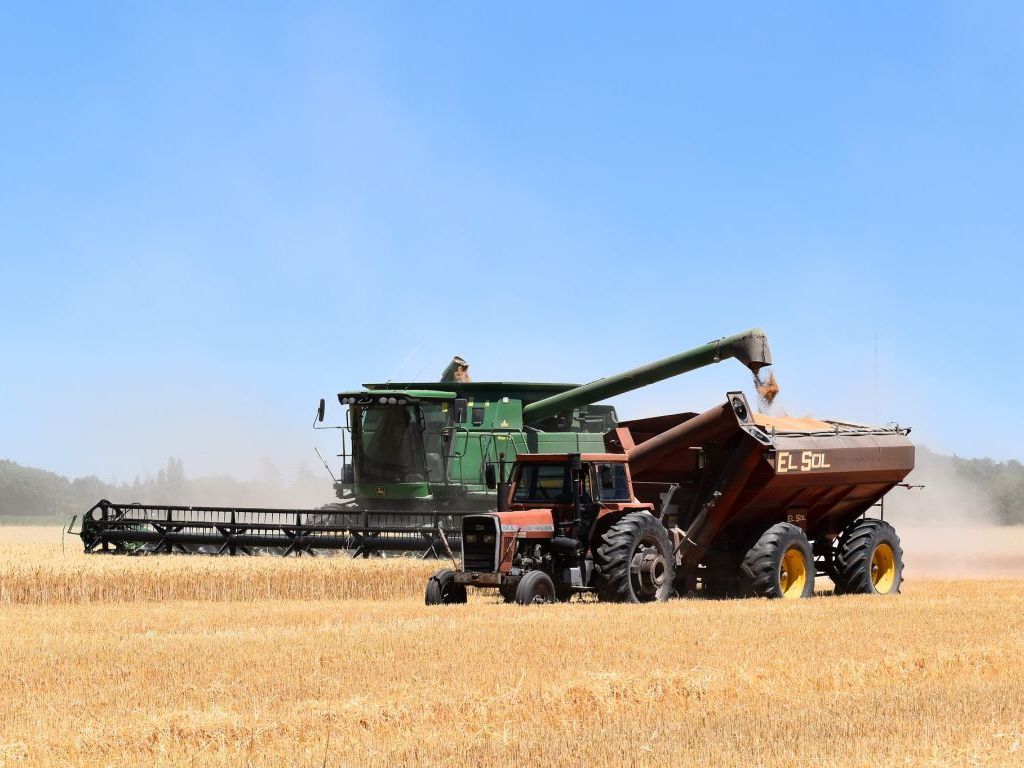Serbia Has Enough Wheat for Exports as Well
Source: Beta
 Tuesday, 22.08.2023.
Tuesday, 22.08.2023.
 13:32
13:32
 Tuesday, 22.08.2023.
Tuesday, 22.08.2023.
 13:32
13:32
Illustration (Photo: Pixabay.com/Barescar90)

Of these quantities, around 1.5 million tons are sufficient for local needs, around 1.2 million tons are meant for export, and the rest is meant for the country’s goods reserves.
The agri-economist Milan Prostran says that the majority of the wheat is exported to countries in the surrounding area, and the plan is to also reach consumers in the countries of the Middle East and the Far East, and primarily in North Africa.
– Our ambitions are to have at least about a million tons exported by the Danube through the Port of Constanta and to have it exported to some more distant countries by reloading onto large ships, trans-oceanic ones. There have also been negotiations with Egypt about the export, so, some countries that are closer than the far-away China, but of course, a million tons for China is not a small quantity. Considering that they are renting ports in Greece, that’s where an arrangement could be made, so exporting to China is quite realistic in the future – Prostran said.
Serbia mostly doesn’t import wheat seed, because it has two leading institutes for that grain – one in Novi Sad, the other, smaller one, in Kragujevac. Their experts work on having bigger harvests, which are now 4.5 to 5 tons per hectare on average, whereas, in more developed countries, they amount to 8 to 10 tons.
If such yields were achieved, the areas under wheat in Serbia would be reduced to the optimal 400,000 hectares.
– Wheat remains a very important product of ours. In the structure of all grains, wheat comprises almost more than 40% – Prostran pointed out.
The state subsidizes the production of wheat by helping the agriculturists with a lowered price of seeds, fuel and fertilizer. If not for those subsidies, many would give up on sowing wheat, because the production costs would be 50-100% higher.
Tags:
Milan Prostran
Port of Constanta
wheat growing
wheat export
export of wheat to China
export of wheat to Egypt
export of wheat to Greece
price of wheat seed
purchase price of wheat
Comments
Your comment
Most Important News
Full information is available only to commercial users-subscribers and it is necessary to log in.
Follow the news, tenders, grants, legal regulations and reports on our portal.
Registracija na eKapiji vam omogućava pristup potpunim informacijama i dnevnom biltenu
Naš dnevni ekonomski bilten će stizati na vašu mejl adresu krajem svakog radnog dana. Bilteni su personalizovani prema interesovanjima svakog korisnika zasebno,
uz konsultacije sa našim ekspertima.


 Izdanje Srbija
Izdanje Srbija Serbische Ausgabe
Serbische Ausgabe Izdanje BiH
Izdanje BiH Izdanje Crna Gora
Izdanje Crna Gora


 News
News






